Disclosure: This article contains affiliate links. We may earn a commission from purchases at no extra cost to you, which helps our travel content.
I've always believed that the true pulse of a destination beats far from the manicured paths of all-inclusive resorts. Twenty minutes after landing on Grand Bahama Island, I was already plotting my escape from the tourist bubble. Don't get me wrong—those turquoise waters framing Port Lucaya Marketplace are straight from a postcard. But after twelve years of chasing local stories from Krakow to Quetzaltenango, I've learned that magic happens when you venture where the shuttle buses don't go. This past March, I spent a week in Lucaya with one mission: to discover the island through Bahamian eyes. Armed with my well-worn daypack, a handful of local contacts, and the same determination that once helped me convince my high school sprinters that hill repeats were good for the soul, I set out to uncover the authentic Lucaya that most visitors never see.
The Real Flavor of Lucaya: Beyond Conch Fritters
Let me tell you something about Bahamian food that the resort menus won't: there's a whole culinary universe beyond the tourist-friendly conch fritters. My first night on the island, I followed the advice of my taxi driver, Maurice, and headed to the Wednesday night fish fry at Smith's Point. Unlike the polished Port Lucaya eateries, this weekly community gathering has locals outnumbering tourists three-to-one.
As steel drums played in the background, I joined a table of retired fishermen who'd been coming here for decades. They insisted I try the scorched conch—a spicy, lime-marinated delicacy served straight from the sea to the grill—and sip sky juice, a potent coconut water cocktail with gin that'll put hair on your chest (their words, not mine!).
The real revelation came when Mama Joy, a 78-year-old local culinary legend, invited me to her home kitchen the next day. 'Tourist food is for tourists,' she declared, rolling out dough for her famous Bahamian johnny cake. For three hours, she schooled me in the art of authentic island cooking—peas and rice with the perfect amount of thyme, boiled fish with grits for breakfast, and guava duff that would make any pastry chef weep.
The stories flowed as freely as the food. Mama Joy explained how many Bahamian recipes evolved from the necessity of preservation in pre-refrigeration days, and how her grandmother used to trade baked goods with the neighboring Lucayan people before the island's demographics shifted. These food traditions carry centuries of cultural memory—something you'll never taste in a resort buffet line.
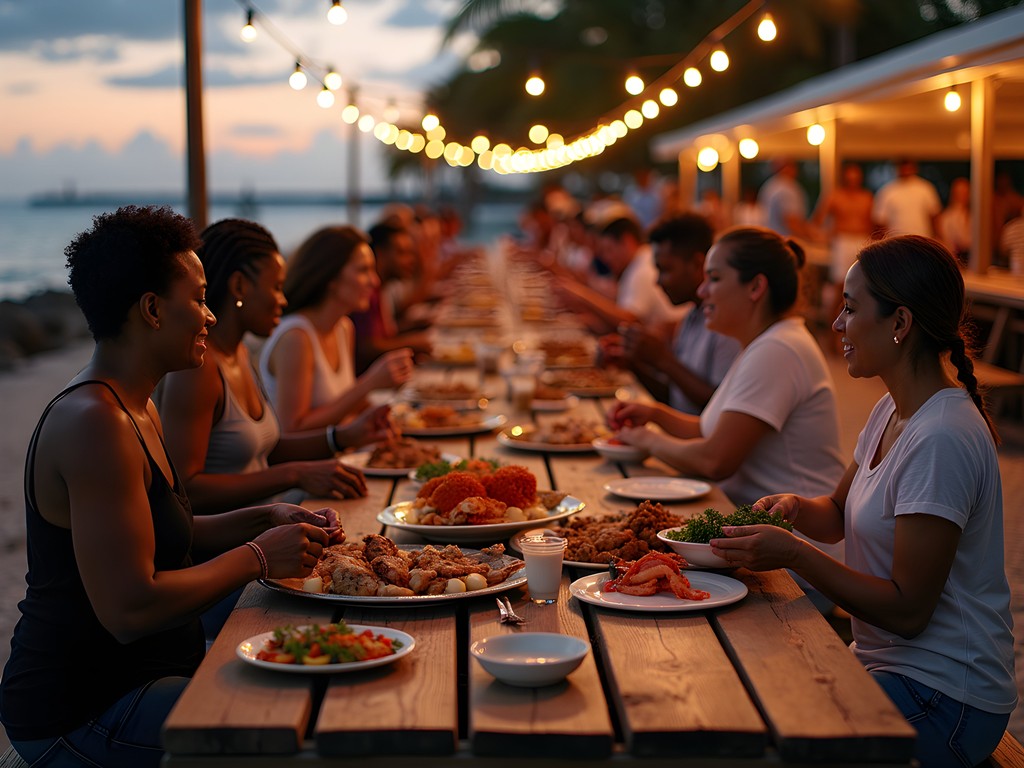
💡 Pro Tips
- Skip one resort dinner and head to the Wednesday night fish fry at Smith's Point instead—follow the locals and the music
- Ask for 'sky juice' at local hangouts, but pace yourself—the coconut masks a serious punch of gin
- For authentic Bahamian breakfast, try boiled fish and grits at the small yellow food stand near the Columbus Primary School
Secret Beaches: Where the Locals Escape
If there's one thing my years of travel have taught me, it's that the most spectacular spots rarely have parking lots. While cruise passengers crowd Lucaya Beach and Gold Rock Beach (both stunning in their own right), locals whispered to me about their personal sanctuaries.
My favorite discovery came courtesy of Deon, a market vendor who noticed me examining his handcrafted shell jewelry. After chatting about my adventures in Eastern Europe (he had family in Romania, of all places!), he sketched a crude map to what he called 'Paradise Point'—an unnamed stretch of sand accessible only by a 20-minute hike through pine forest.
Armed with my trusty dry bag (a non-negotiable for any water-adjacent adventure), I followed his directions east of Barbary Beach. The trail was barely visible, marked occasionally by blue paint on tree trunks. Just when I thought I'd gotten lost, the forest opened to reveal a crescent of pristine white sand and the clearest water I've ever seen—without another soul in sight.
Another local gem is Fortune Beach, named for a shipwreck that supposedly left gold scattered on the seafloor. While technically public, its distance from major hotels keeps it blissfully uncrowded. Here I met Sheila, a retired schoolteacher who comes every morning at sunrise to collect sea glass. She shared the beach's folklore—including tales of phantom ship lights that still appear on stormy nights, guiding modern sailors toward the same treacherous reefs.
'The old people say it's the captain, still trying to find his lost gold,' she told me, her eyes twinkling with the perfect mix of skepticism and reverence that accompanies the best folk stories. Whether you believe in ghost ships or not, the sunrise over Fortune Beach is treasure enough.
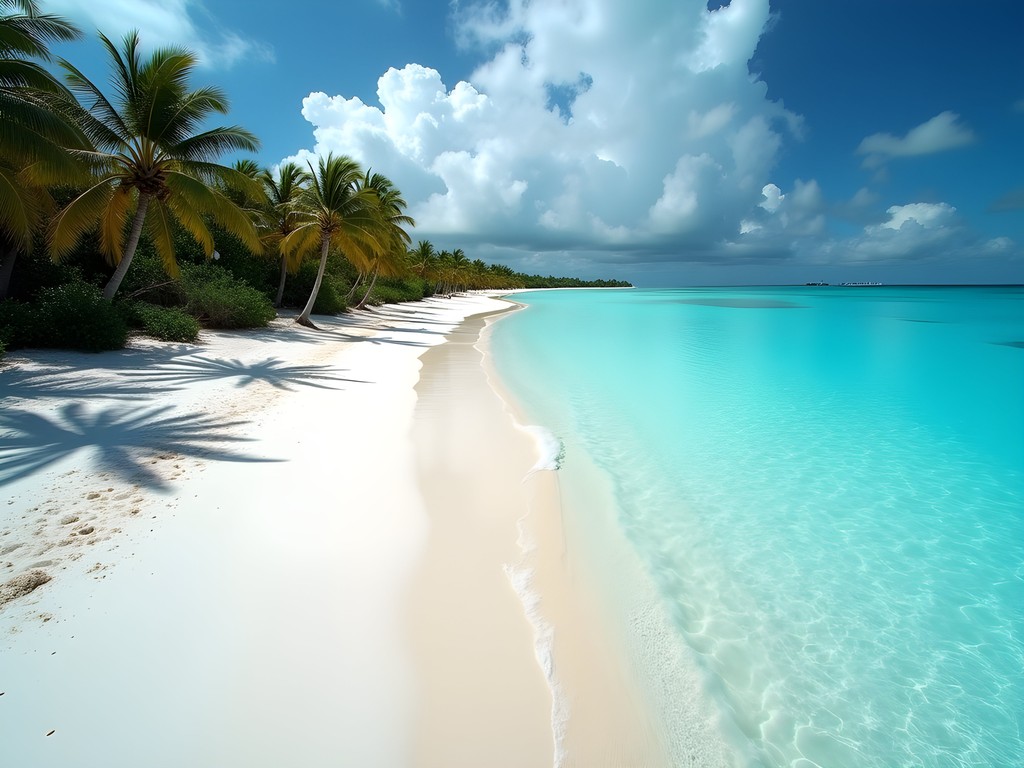
💡 Pro Tips
- For Paradise Point, head east from Barbary Beach and look for blue paint marks on pine trees—the trail takes about 20 minutes
- Fortune Beach is best visited at sunrise when locals collect sea glass and the light is magical
- Bring your own water and snacks—these secret beaches have no facilities (that's why they remain secret!)
Folklore and Junkanoo: The Island's Beating Heart
When I travel, I'm always hunting for stories that won't make it into guidebooks—the kind passed down through generations that reveal a culture's soul. In Lucaya, these stories often revolve around Junkanoo, the Bahamas' vibrant festival with roots in West African and slave traditions.
While most tourists only experience Junkanoo as a sanitized hotel performance, I wanted the real deal. Through Maurice (my now-favorite taxi driver), I connected with his cousin Bernard, leader of a local Junkanoo 'rush out' group called Rhythm Masters.
'You want to understand Junkanoo?' Bernard laughed when we met at a local hangout called Daddy Brown's. 'You have to feel it first.' The next evening, I found myself in a warehouse on the outskirts of Lucaya, surrounded by locals crafting elaborate costumes from cardboard, crepe paper, and feathers for the upcoming festival.
As I helped glue sequins onto a headdress (rather clumsily, I admit), Bernard shared how Junkanoo originated as a rare celebration day when enslaved people could express their culture through music and masquerade. The rhythms, he explained, contain coded messages and stories that once helped preserve African heritage under oppression.
What struck me most was how the tradition continues to evolve. Today's Junkanoo incorporates contemporary themes while maintaining its spiritual core. Young people like Bernard's daughter Tasha design costumes that reference both ancient mythology and modern Bahamian life.
'Every shake of the cowbell tells a story,' Bernard said, demonstrating a complex rhythm on an instrument made from recycled materials. 'Some stories are 300 years old, some are from yesterday.'
For travelers wanting to experience authentic Junkanoo beyond the tourist shows, timing is everything. While the main celebrations happen around Christmas and New Year's, smaller rush-outs occur throughout the year in local settlements. I was lucky enough to catch an impromptu performance in the Eight Mile Rock community after a local wedding—an explosion of color, rhythm, and joy that no resort performance could possibly capture.
Before heading out to any cultural event, I always make sure my compact camera is charged and ready. Its low-light capabilities have saved countless precious moments in my travels, and the Junkanoo celebration was no exception—though some experiences simply defy capture, demanding to be lived rather than photographed.
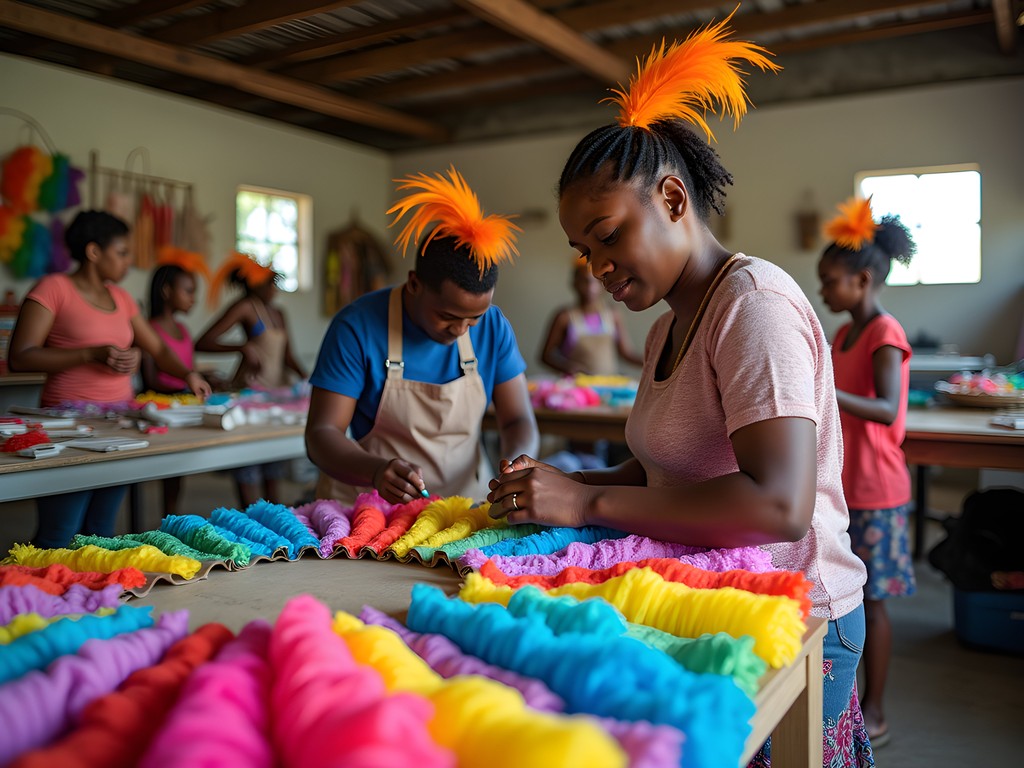
💡 Pro Tips
- Ask taxi drivers about upcoming local Junkanoo rush-outs—they often know about community events that aren't advertised to tourists
- Visit the Junkanoo practice warehouses in the evening—many groups welcome respectful visitors who show genuine interest
- Learn a few basic Junkanoo rhythms by taking an informal drum lesson with local musicians at the Cultural Center in downtown Freeport
Island Adventures: Beyond the Typical Tours
I've never been one for those cattle-call excursions where you're herded from one gift shop to another. At 57, I still crave adventures that quicken the pulse and create stories worth telling. Lucaya delivered in spades, once I knew where to look.
My most memorable day began with a 5 AM meetup with Captain Roy, a third-generation bonefishing guide I met through Bernard's network. While most tourists book expensive deep-sea fishing charters, locals know the real action happens in the flats on the island's north shore. For a fraction of the resort price, Roy took me out on his modest skiff to stalk the elusive bonefish—what he called 'the gray ghost.'
'This fish outsmart you every time,' Roy chuckled as I failed repeatedly to make the perfect cast. 'That's why we respect him.'
After finally landing (and releasing) a silvery bonefish, we navigated through mangrove channels where Roy pointed out hidden blue holes—underwater cave systems that local legend says connect to the mythical lost city of Atlantis. The scientific reality of these geological formations is just as fascinating as the folklore.
For those seeking adrenaline with cultural context, I highly recommend connecting with the East End Adventure group. These young Bahamian entrepreneurs offer kayaking tours through the mangroves of Lucayan National Park that include stories of how their ancestors used these waterways as highways and hideouts. My guide, Trevon, showed me how to spot medicinal plants used in traditional bush medicine—knowledge passed down from his grandmother.
The adventure culminated in cliff jumping at Owl's Hole, a freshwater blue hole hidden in the forest. At 57, I'll admit I hesitated at the edge more than I would have at 47, but the cheers of my new Bahamian friends—and my stubborn refusal to act my age—eventually sent me soaring into the cool blue depths.
For these off-the-beaten-path adventures, I relied heavily on my waterproof sandals which have faithfully carried me through rivers in Guatemala and rocky shores in Croatia. Their grip on slippery surfaces is unmatched, and unlike flimsy water shoes, they provide actual support for long days of exploration.
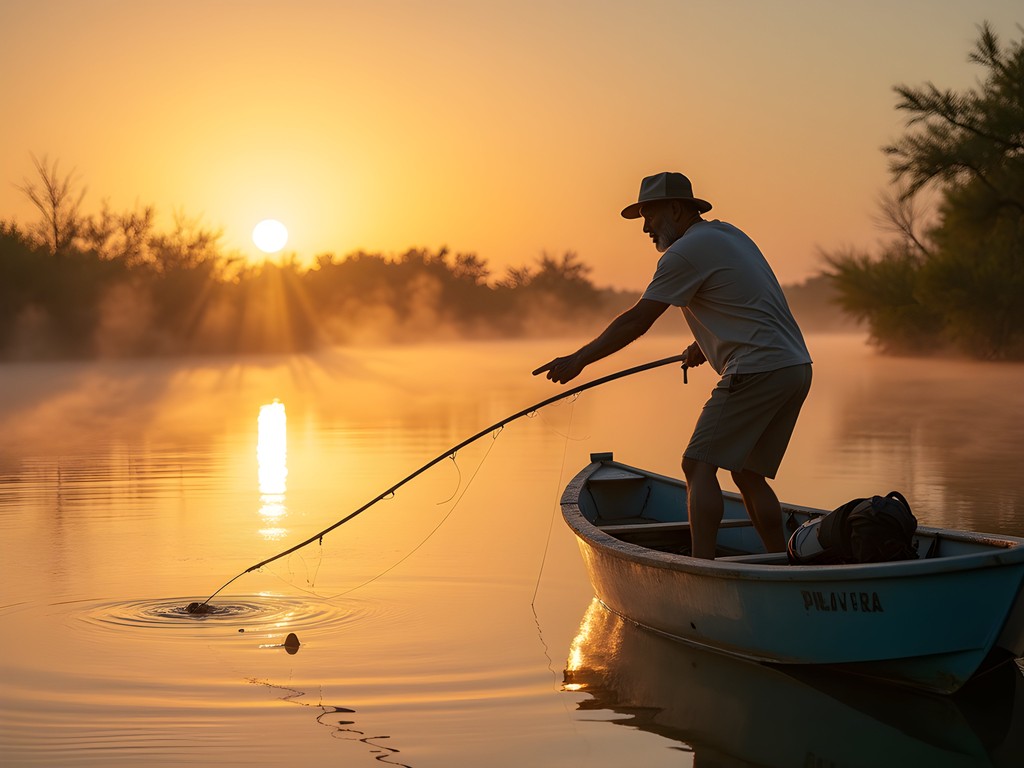
💡 Pro Tips
- Book bonefishing with local guides from the settlements rather than through your hotel—prices are better and the experience more authentic
- Visit the East End Adventure shop in McLean's Town rather than their website—they offer 'local resident' rates for certain excursions if you book in person
- Ask about the blue holes in the pine forest—some are accessible without guides and offer incredible freshwater swimming away from crowds
Where to Stay: Local Lodging Beyond the Mega-Resorts
I've learned that where you lay your head at night shapes your entire travel experience. While Grand Bahama's all-inclusive resorts offer predictable comfort, they create a barrier between you and the authentic island.
For my week in Lucaya, I split my stay between two locally-owned accommodations that opened doors no resort key card could. First was Miss Ruby's Oceanside Cottages—four simple but spotless cabins on Fortune Beach run by Ruby Ferguson, a retired banker with stories as colorful as the tropical flowers in her garden. At $85 per night (negotiable for stays over 3 days), these basic cottages offer private beach access, kitchenettes, and something no resort can match: Ruby's connections.
Through Ruby, I was invited to a backyard birthday celebration where I learned to play dominoes (badly) with local champions and sampled homemade guava wine. When I mentioned my interest in folklore, Ruby's brother—a former lighthouse keeper—spent an evening sharing maritime legends that gave me chills despite the tropical warmth.
For my final three nights, I moved to the Pelican Bay Hotel, a locally-managed boutique property at the edge of Port Lucaya. While more traditional than Miss Ruby's, it's still Bahamian-owned and maintains the island's character in its architecture and staff. At breakfast, I chatted with Marvin, the 30-year veteran concierge who steered me toward a local art exhibition I would have otherwise missed.
The true budget option—which I didn't try but heard excellent things about from fellow travelers—is the network of room rentals in local homes throughout the settlements outside Freeport. These informal guesthouses (find them through Facebook groups rather than booking sites) offer the deepest cultural immersion for travelers comfortable with basic accommodations and shared spaces.
Wherever you stay, I recommend bringing a sleep mask and earplugs. Island roosters have no respect for vacation sleep schedules, and Bahamian social gatherings often continue well into the night with music that carries across neighborhoods!
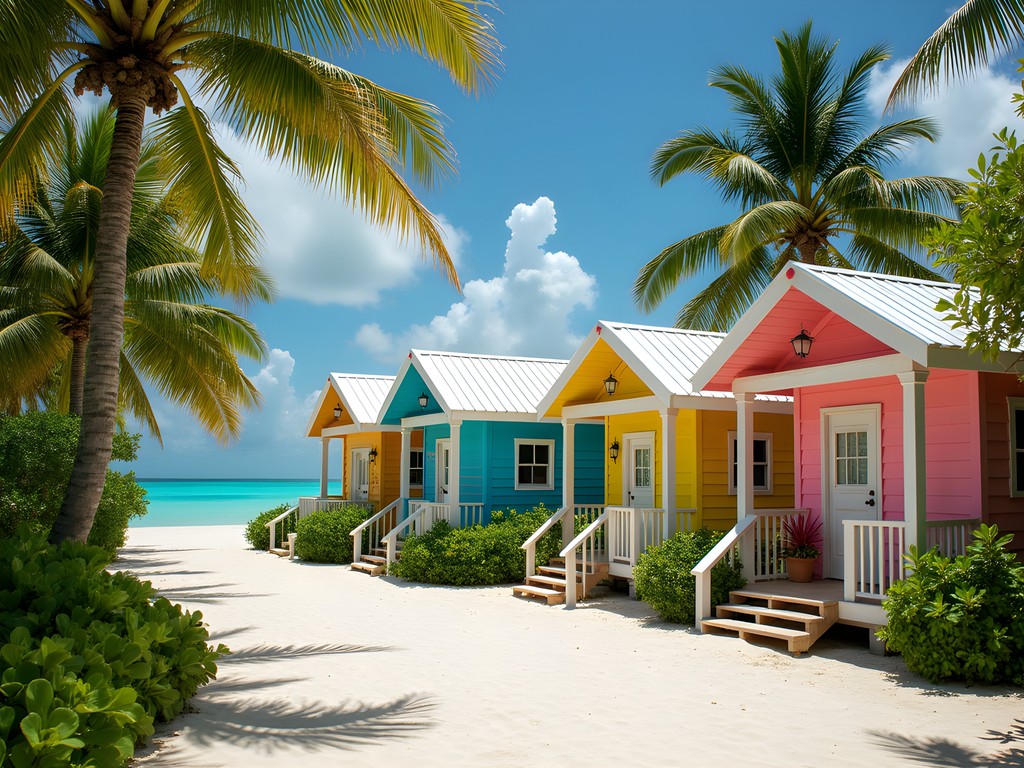
💡 Pro Tips
- Contact Miss Ruby's Cottages directly by phone rather than through booking sites for the best rates and to arrange airport pickup
- If staying at locally-owned accommodations, bring small household gifts from home—items like kitchen gadgets or craft supplies are appreciated and help build genuine connections
- Ask your local host about community events happening during your stay—you'll likely get invited to gatherings no tourist would otherwise discover
Final Thoughts
As my water taxi pulled away from the harbor on my final morning, I watched Lucaya's shoreline recede with that familiar bittersweet ache of leaving a place that had briefly become home. The true Grand Bahama Island reveals itself in layers—beyond the duty-free shops and resort compounds lies an island of storytellers, tradition keepers, and everyday people navigating the complex waters between tourism economy and cultural preservation. By venturing beyond the prescribed tourist experience, I found not just beautiful beaches but beautiful connections. The Bahamas may be marketed as a playground, but it's actually a classroom for those willing to listen and learn. So next time your taxi driver raises an eyebrow at your request to go somewhere unexpected, take it as the first sign you're on the right path. The real Lucaya is waiting just beyond the resort gates—all you need to do is step through.
✨ Key Takeaways
- Local connections transform a standard beach vacation into an authentic cultural experience
- Budget-friendly options like local fish fries, community-led adventures, and family-run accommodations offer better value and deeper insights than resort packages
- Bahamian traditions like Junkanoo and storytelling reveal the islands' complex history and vibrant present when experienced in community settings
📋 Practical Information
Best Time to Visit
Year-round, with December-April offering ideal weather but higher prices; hurricane season (June-November) offers deals but requires travel insurance
Budget Estimate
$75-150/day excluding flights (local accommodations $85-120/night, meals $10-25/person, local activities $25-75)
Recommended Duration
Minimum 5 days to experience both tourist highlights and local discoveries
Difficulty Level
Intermediate - Requires Willingness To Venture Beyond Tourist Zones And Arrange Some Transportation Independently
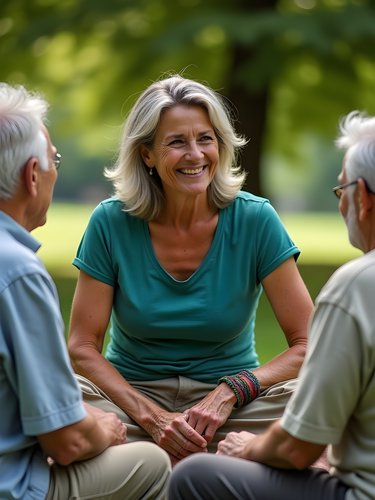
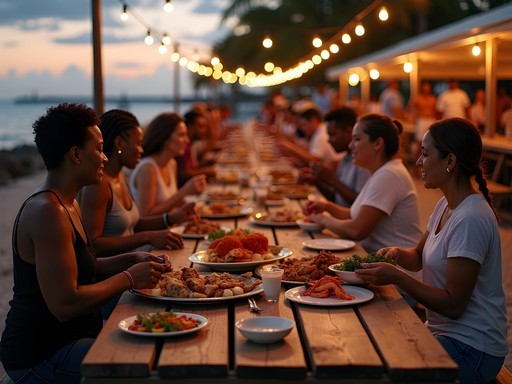

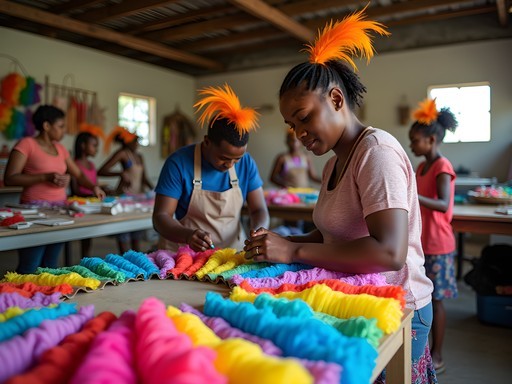

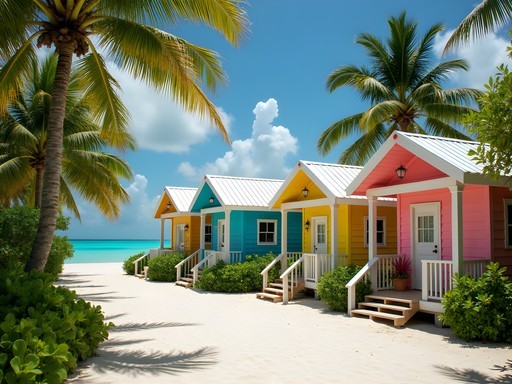







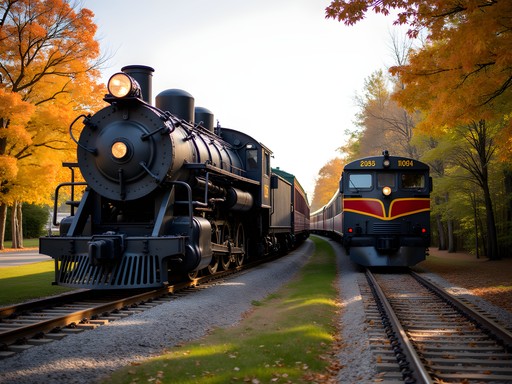
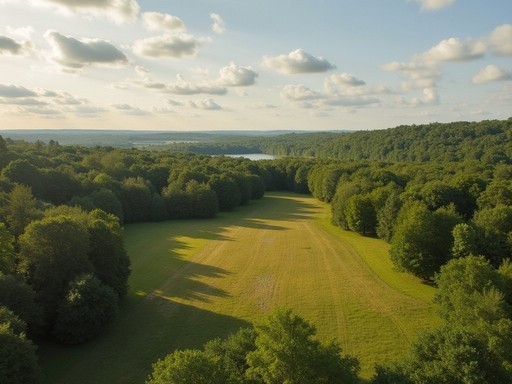
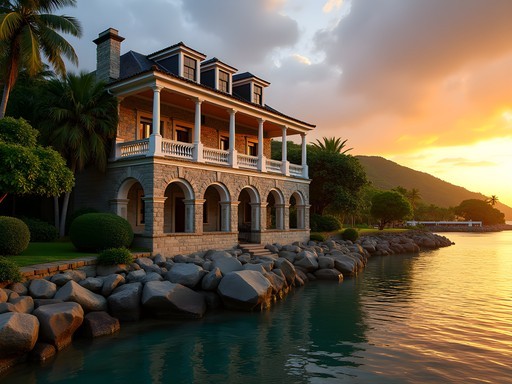
Comments
globetime
Just got back from Lucaya last week and wish I'd read this before going! We eventually found Billy Joe's conch shack on day 4 and ended up eating there twice - those conch pistols were FIRE! We also rented bikes and found a tiny beach past the oil storage facility that had the clearest water I've seen. Took my underwater camera and got amazing shots of reef fish just 15 feet offshore. The Junkanoo practice session was definitely a highlight - we just asked our taxi driver where to find one and he took us to his cousin's group. So much more authentic than the resort's watered-down 'cultural show.'
coffeediver
That beach sounds perfect! Was it easy to get around with the bikes?
globetime
Super easy! Roads are decent and not much traffic once you're away from the port area. Just bring water and sunscreen - gets HOT midday!
Taylor Moreau
Emilia, this piece beautifully captures what I've been telling clients for years - the real Bahamas exists beyond the resort walls! I visited Lucaya last spring and discovered that incredible fish fry spot you mentioned near the marketplace. The cracked conch there puts the resort versions to shame. I'd add that taking a day to explore the Garden of the Groves is worthwhile - the local guide showed me medicinal plants that have been used by Bahamians for generations. One tip for your readers: learn a few Bahamian phrases before going. Just saying 'sip sip' (gossip) or 'sky juice' (coconut water with gin) will earn you smiles from locals. Brilliant post!
coffeediver
Those secret beaches sound amazing! Heading there in November, can't wait!
Taylor Moreau
You're in for a treat! November is perfect weather-wise. Make sure to try Fortune Beach - it's rarely mentioned in guidebooks but absolutely stunning.
coffeediver
Thanks for the tip! Any safety concerns for solo travelers?
Taylor Moreau
I've found it quite safe, but standard precautions apply. The local bus system (jitney) is reliable during daytime hours. Locals are incredibly helpful if you get lost!
beachlife
How did you initially approach locals without feeling awkward? I'm always nervous about that part of travel but really want the authentic experience you described.
Emilia Ferrari
Great question! I find starting with genuine curiosity at small local businesses works best. Ask the shop owner about their favorite local dish or spot, not as a tourist but as someone who really wants to understand their home. Bahamians are incredibly friendly - just be respectful and the conversations flow naturally!
Hunter Thompson
Adding to Emilia's advice - local transportation is perfect for this! Taking the jitneys instead of taxis instantly puts you in contact with locals. I've had some of my best travel convos just by asking someone at the bus stop which line I need!
vacationvibes
Love how you really connected with the locals! Those are always my favorite travel memories too. The photos are gorgeous!
backpackexplorer
Great post! One tip I'd add from my visit last year - if you're looking for that authentic Junkanoo experience, check Facebook groups for community events. We found a small local festival happening in a nearby settlement that wasn't advertised anywhere tourists would see. Also, the fish fry on Wednesday nights near the harbor is where all the locals hang - way better than the tourist version!
Emilia Ferrari
That Wednesday fish fry is such a good tip! I stumbled on it by accident and it was one of my favorite nights of the trip.
springchamp
Those secret beaches sound amazing! Saving this post for our trip in November.
Fatima Sims
Emilia, this brings back such memories! I visited Lucaya last winter and had a similar experience getting "adopted" by a local family. They took me to that exact hidden beach you mentioned past the mangroves! I'd add that taking a waterproof phone case is essential for those secret beach spots - I caught amazing underwater photos of the fish near those coral formations without worrying about my phone. The grandmother who hosted our impromptu beach cookout taught me how to properly crack conch - a skill I'm still terrible at but treasure trying to learn. Your point about the Junkanoo culture is spot on - there's nothing like experiencing those rhythms in a casual community setting versus the tourist performances.
vacationvibes
That waterproof case recommendation is gold! Lost my phone to the ocean in Jamaica last year 😭
vacationbuddy
We just got back from Lucaya two weeks ago and wish I'd read this before going! We did manage to find Billy Joe's conch stand though - that man is a LEGEND and his conch salad is nothing like the watered-down resort version. Took a while to find it but totally worth asking around. We also stumbled upon a local Junkanoo practice session one evening which was incredible. The drummers let my kids try the instruments!
Hunter Thompson
YES! This is the kind of travel content I live for! I backpacked through the Bahamas last year and Lucaya was such a highlight precisely because I ditched the resort scene. That little fish fry spot you mentioned near the fishing docks - INCREDIBLE. The guy with the blue hat (I think his name was Morris?) told me stories about hurricane survival that I'll never forget. And that hidden beach past the mangroves? Spent a whole day there with just my book and some locals who shared their homemade rum punch. Pure magic!
Venture X
Premium card with 2X miles, $300 travel credit, Priority Pass